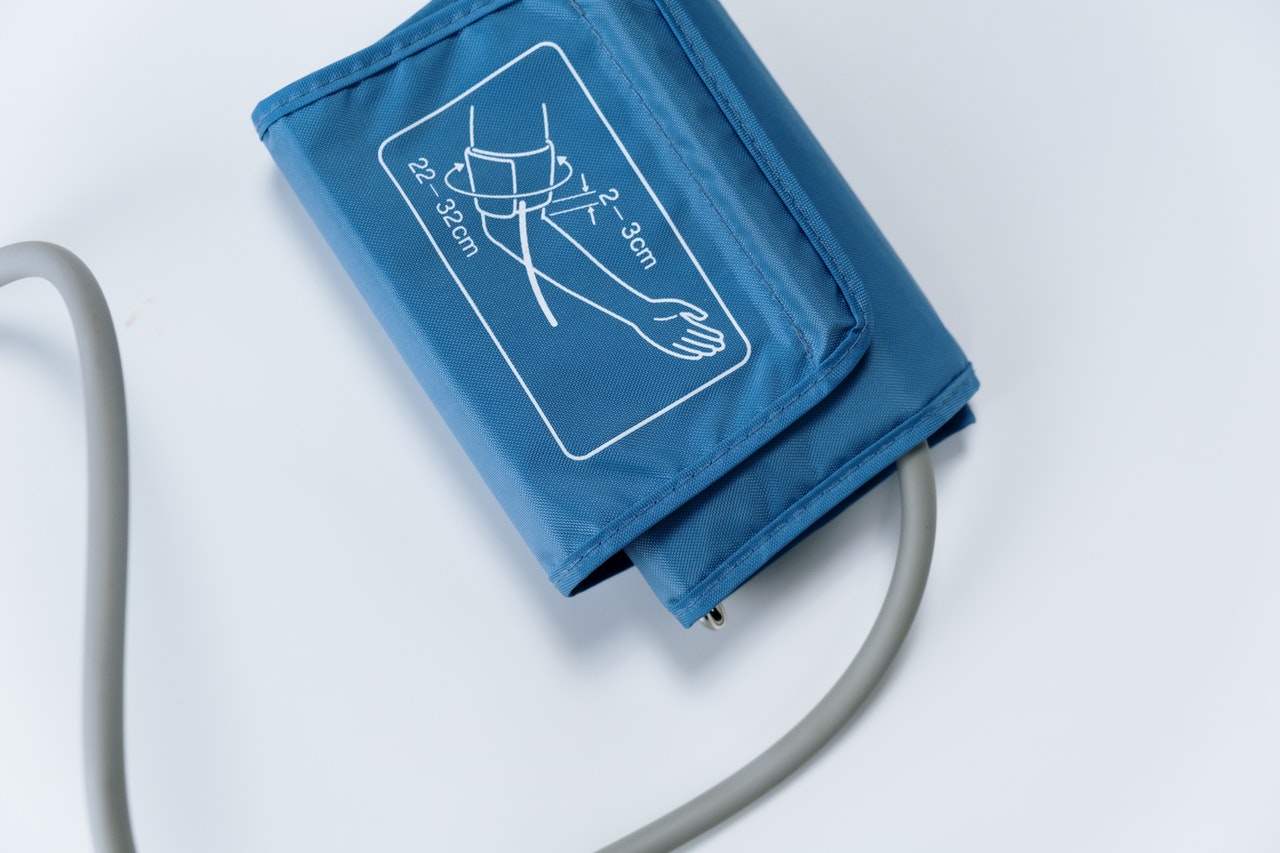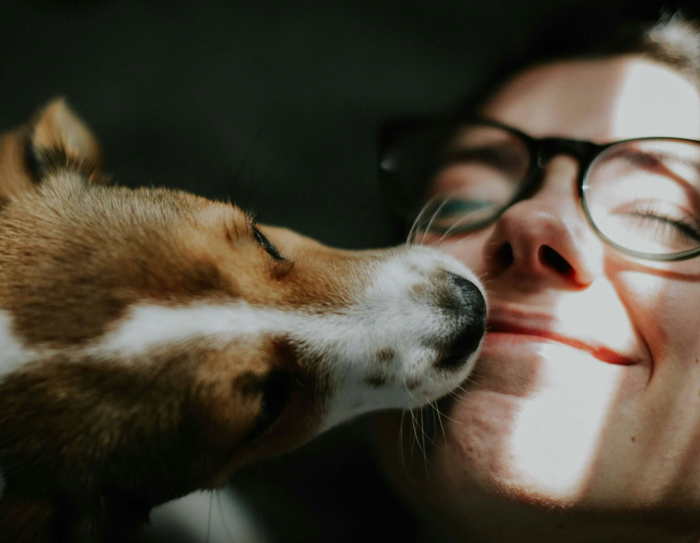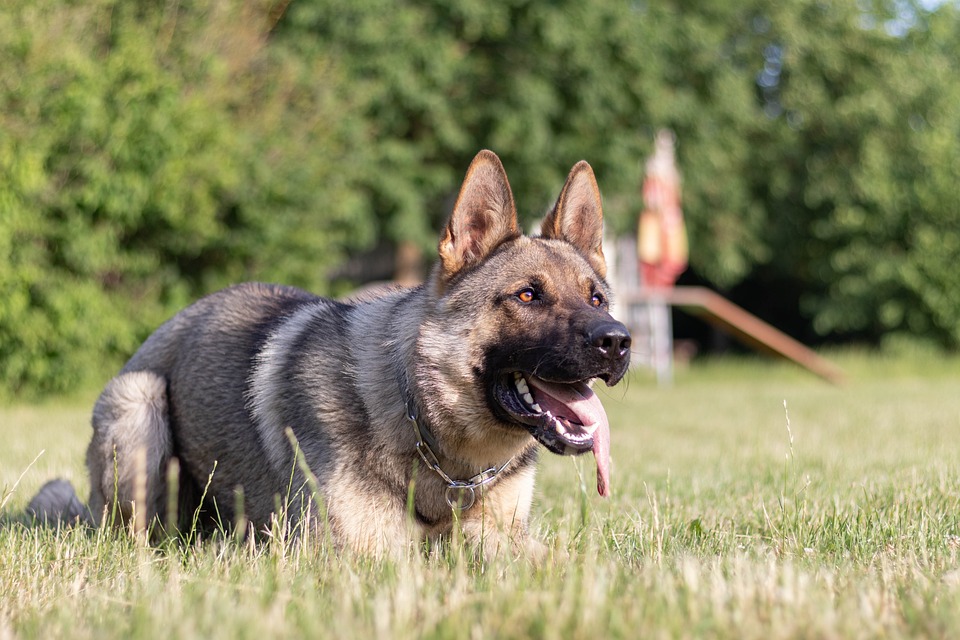
Often there is more than one right way to do something, whether it comes to fulfilling a task at home or at work. This is valid for different types of tasks and processes, including the process of training a dog. It is still a bit controversial about what training method is the best one, as different people have different perspectives. However, there have been made experiments, and studies, whose goal is to bring us even closer to the knowledge of how dogs function as a specie, as well as individuals.
Today we will introduce you to the most popular training techniques for dogs, and we will let you decide which of them would be the most suitable one for you and your paw friend.
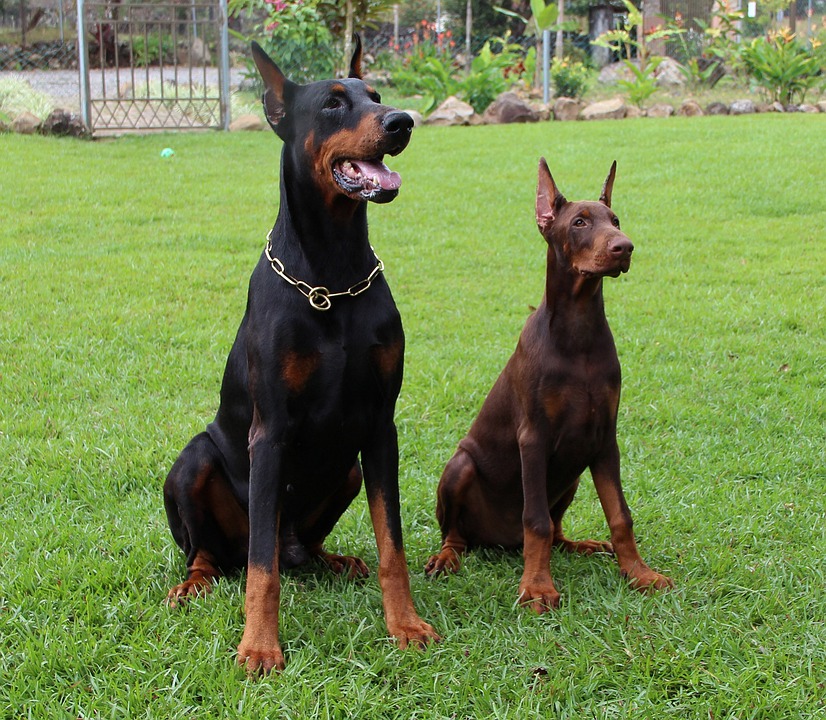
Classical Conditioning Method
This method became popular thanks to the scientist Ivan Pavlov, who studied the mechanisms of the digestive system of mammals. During his experiment, he struck a bell every time the dogs who participated in the study, were fed. Over time, they started to associate the bell with mealtime. Since drooling is a natural response in dogs to food, they started to drool every time a bell rang. This means that dogs started to respond to a stimulus (the bell), that typically would not lead to a reaction to a stimulus that leads to a reaction (food).
Here comes the difference between primary stimuli and secondary stimuli. While the first type of stimuli leads to a natural response or a reaction (such as food, pain, or anything related to the animal’s survival), the second type of stimuli is something that a dog needs to be taught to like or dislike. Secondary stimuli are usually paired with primary stimuli to lead to a reaction. In this particular case, the sound that the bell produced, was paired with food, and it became a conditional stimulus. In other words, the dog was taught to like it.
Operant Conditioning Method
This method is based on the relation “Behavior-Consequence”. Its goal is to help pair a wanted behavior with a reward (positive consequence) and an unwanted behavior with punishment (negative consequence). If a dog does something good and receives a reward, he/she is likely to keep showing this behavior in the future. If a dog does something bad and gets punished, the intensity at which this behavior is likely to occur in the future will decrease.
Positive Reinforcement Method
Positive reinforcement is logically connected with the previous method. However, this type of training technique is focused on positive stimuli only. The concept here is very clear-every time a dog exhibits a wanted behavior, he/she receives a reward. Bad behaviors do not get punished or acknowledged. In case some kind of response to the bad behavior needs to be present, it comes in the form of removing the reward, i.e. the dog does not receive a treat or a toy to play with. Proper timing plays an important role in the “positive reinforcement” concept. The dog should be rewarded right after he/she has performed the desired behavior. That way he/she will understand why exactly he/she got a reward. Further important things to remember, when applying this concept are:
You should not explain or repeat yourself, but give short and clear commands;
You and your family members should be consistent in applying this method. This means that once you discuss what behavior/s you would like your dog to show, you need to constantly reinforce it/them;
You should always keep track of the treats you feed your dog, to make sure that you do not overfeed him/her.
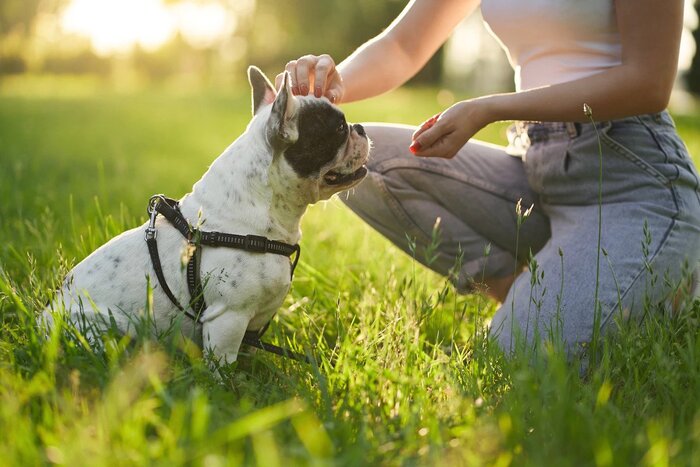
Clicker Training Method
This technique is closely related to the two methods listed above-positive reinforcement and operant conditioning. It suggests the use of a clicker to mark a wanted behavior, by producing a distinctive sound. In other words, you need to click every time your dog shows a wanted behavior. Some owners are not fond of clickers, as their dogs get scared or just do not like the sound that the clicker produces. If you consider this method helpful, but your dog does not like the sound of the clicker, you can buy a clicker with volume adjustment, or a clicker that produces a different type of sound. Another option is to not use a clicker at all, but find a device, such as a ball pen, that creates distinctive sounds. These sounds should not be confused with any other sounds that your dog may hear in his/her daily life. That way you will ensure that “click” means for your dog “Yes, you did the right thing, and now you will get a reward!”. Clickers are very useful for shaping new behaviors. Gradually the use of a clicker can be replaced with a verbal command. We would like to note that regardless of how beneficial for introducing new behaviors clickers are, they may not be the right fit for addressing unwanted behaviors.
Relationship-based Method
As the name implies, this technique is based on the relationship that a dog and a human have. In order for an owner to be able to apply this approach, they must know their dog as an individual, including his/her body language, and what motivates them the most. The idea of this technique is to provide benefits for both sides – the dog and the person. The more natural and easy to accomplish it may look, the more challenging this technique is likely to be. A dog owner has the task to supervise the environment and make sure that it does not include any factors that could be potentially distracting to the dog. Also, they need to figure out why their dog shows a bad behavior or is reluctant to exhibit a good one-are the rewards suitable, is the environment suitable for training purposes, does the dog (but also the person) feel comfortable at that pace of training….etc.? Adapting the training process to your own and your dog’s needs ensures the use of an individualized approach, which will strengthen the bond between the team members.
Regardless of what training method you opt for, the bond you have with the dog is decisive for the training’s success.
Dominance (Alpha) Method
This method is based on the pack instinct that dogs have, which causes them to build their relationships with the other pack members on the principle of dominance and submission. If we have to go deeper into this method, it implies that dogs perceive their family members as members of the pack, and there is a certain hierarchy that pack members follow. In case a dog perceives him/herself as the alpha, he/she is likely to behave independently and have a tendency to be stubborn. By applying this approach, a dog’s owner has to learn how to “re-gain” their leadership and show that they are the alpha. Examples of types of behaviors that a dog owner can exhibit to show their dominance is going out / inside the room first, eating first, and not getting to the dog’s eye level. If a dog shows that he/she wants to go out for a walk, he/she needs to calmly wait for his/her owner to open the door; if a dog wants to have a meal, he/she needs to calmly wait for his/her owner to prepare food. Dominance training may also include prohibiting the dog access to the furniture.
This training technique is not very popular among modern trainers. It is considered ineffective in the context of recognizing the causes of bad behaviors. If the main cause for a certain bad behavior remains present, the dog is likely to continue feeling stressed, uncomfortable and anxious. In other words, this technique heals the symptoms but does not root out the cause. Moreover, fighting for dominance can have a very negative impact on all family members.

Mirror / Model Method
This technique is based on the fact that canines observe and repeat behaviors. If a dog has a model or even a rival who wants to use the same resources as the dog, he/she will learn to copy behaviors, that bring the wanted resources. For example, if there are two dogs, and one of them is regularly praised and rewarded for showing a certain behavior, the second one is likely to mimic this behavior. If two dogs compete for treats, attention, toys, or any stimuli that motivate them, they are likely to learn new behaviors quicker. It is a natural instinct in dogs to mimic behaviors in order to function socially. This process begins at a young age, as pups observe their mother and try to mimic her behavior. This method of training is preferred by many trainers, as they consider it closer to natural dog behavior. Also, it can be very suitable for owners whose dogs have a strong bond with them and tend to follow them around. It would be much easier for those owners to teach their paw friends wanted behaviors through the principle of “mimicking”.
Electronic Training
This training method implies the use of electronic collars such as shock collars. We are not into this type of training, however, some trainers utilize it. Training devices that train a dog through punishment for bad behaviors are likely to lead to anxiety, fear, or even aggression in the future, especially if they have been used by inexperienced owners. If you are a dog owner, and you're currently exploring training techniques, we do not recommend this particular one.
Traditional Training
This type of training basically relies on the principle of dominance we talked about earlier. It implies, that the owner should be the alpha and the dog has to behave respectfully to them. Some behavioral issues in dogs were perceived in the past as a result of their attempts to take dominance. Behaviors like showing signs of aggression or ignoring the owner’s commands were supposed to be suppressed by the owner, I.e. through taking a dominant body posture or actions, perceived by the dog as “intimidating”. As mentioned above, this method has lost its popularity, and nowadays, it is perceived as outdated.
Science-Based Training Method
This training technique has a wide range, and it includes everything from understanding dogs’ nature and behavior to applying classical conditioning and both positive and negative reinforcement tools. This technique is constantly evolving, as it takes the results of modern studies and experiments into account and implements these into current training practices. Dogs learn based on the results of their behaviors whether positive or negative. In other words, they learn in compliance with the laws of science.





